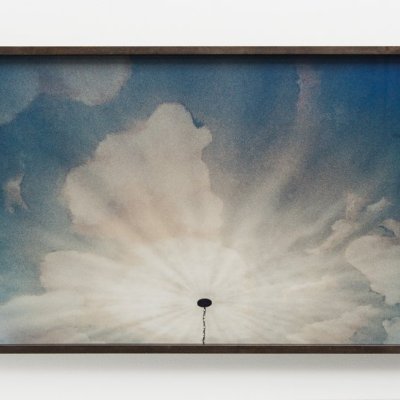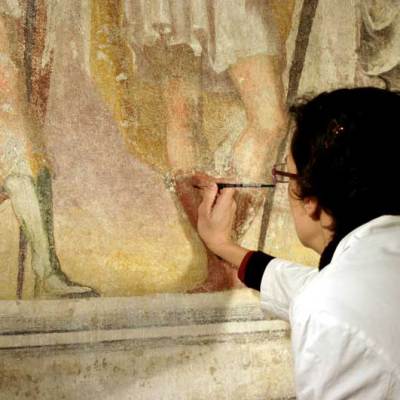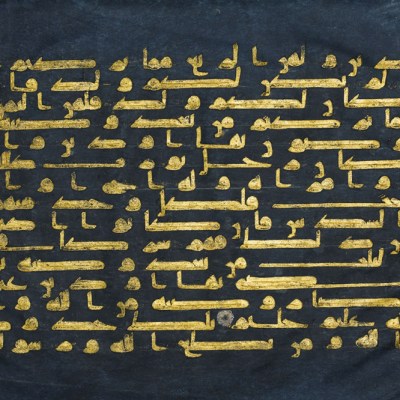The Louvre explores a relatively overlooked aspect of Nicolas Poussin’s work this spring in an exhibition dedicated to his depictions of the sacred. The French artist is famous for his exacting, classical style, but he would often merge antique themes with Christian imagery and ideals. Two of the show’s curators, Nicolas Milovanovic and Mickaël Szanto, told us more.
Click here for a gallery of highlights from the exhibition
Can you tell us a bit about the exhibition?
The goal of the exhibition is to study Poussin’s religious paintings as a coherent body of work. We want to emphasise the prominent features that give it this coherence, which relates to the character of those who sponsored it but also to formal and iconographic choices.
What makes this a distinctive show?
Poussin’s religious paintings have been studied far less than his secular works, largely due to the image of the artist that historians have created, and which we recall in the introduction to the catalogue. We think, on the contrary, that studying Poussin’s religious works is essential to any understanding of his oeuvre.
How did you come to curate this exhibition?
Mickaël Szanto studied Poussin’s patrons, bringing to light the distinctive character of not only their collecting but also their religious practices. Nicolas Milovanovic made an effort to better understand the artist’s sacred paintings, concentrating on visual interpretation. We wanted to bring together and find to synthesise those approaches.
The Annunciation (1657), Nicolas Poussin © The National Gallery, London. Dist. RMN-Grand Palais/National Gallery Photographic Department

What is likely to be the highlight of the exhibition?
The strong point of the exhibition will be the new viewpoint that will emerge from taking an unprecedented route through the religious canvases and drawings of Poussin. A lot of the canvases on show haven’t been part of recent retrospectives dedicated to Poussin, and we hope they’ll be a revelation to the public.
And what’s been the most exciting personal discovery for you?
The discovery that seems most important is the originality of Poussin’s religious compositions: the artist had no scruples about mixing antique and Christian traditions in order to visualize, with poetry, the most fundamental questions: Fortune, Providence, human freedom…
What’s the greatest challenge you’ve faced in preparing this exhibition?
The greatest challenge has been synthesizing the many very recent approaches to Poussin’s religious canvases: it’s a field of research that’s developing very quickly!
How are you using the gallery space? What challenges will the hang/installation pose?
We wanted to present the works in a way that best encouraged a slow way of looking, as Poussin himself would have wished for: with careful groupings that put the most important works into perspective. The structure of the galleries allows for a gradual unveiling of his sacred oeuvre.
‘Poussin and God’ is at the Louvre, Paris, from 2 April–29 June.



